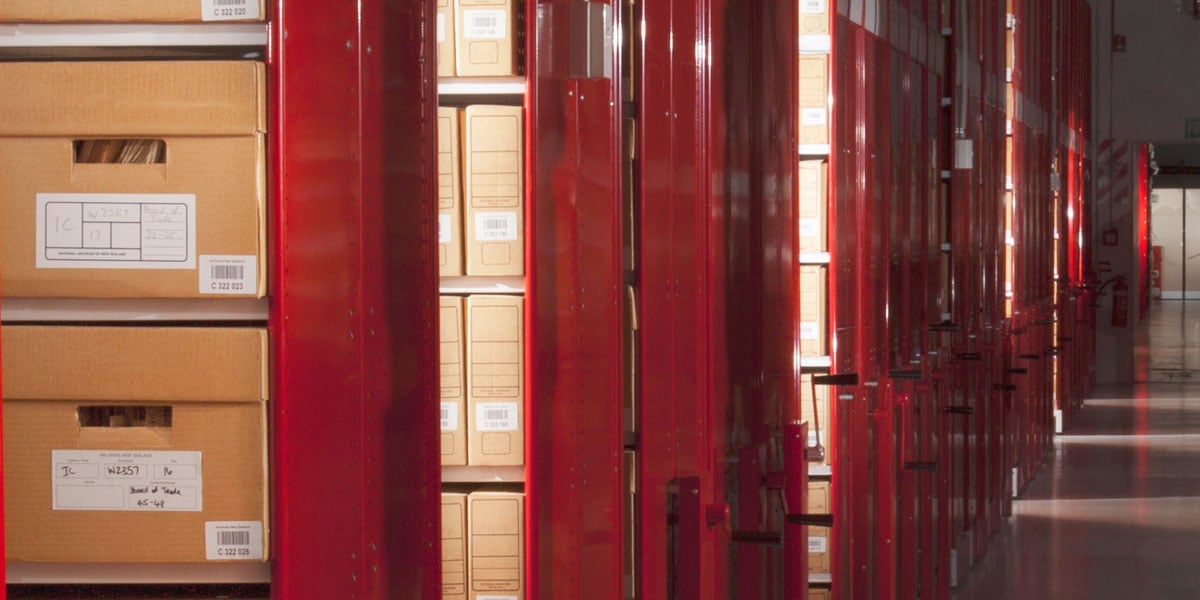Active listening is key to good librarian reference work. Active listening means we’re focused on what our researcher is asking for, not distracted by trying to find resources before the query is complete. Taking time for active listening enhances information professionals’ searches, slows down the urge to rely only on technology and digital resources, and allows time to focus.
We've Moved!
Think Clearly has a new home! Click here to see our latest posts.
*If there’s older content you’d like to catch up on, you can browse right where you are, until Friday, April 5th.
We know it takes a minute to get used to change!
Miriam Kahn, MLS, PhD

Recent Posts
Librarians and Technology Part 6: Active Listening Enhances Focus
Topics: Professional Development, Technology, Special Librarianship
Librarians and Technology #5: Embracing Focus & Increasing Productivity
As information professionals we work with technology all the time. It has built-in benefits and pitfalls. When we ignore or harness the addictive nature of technology, when we maintain our focus and minimize distractions, we increase our productivity. That’s quite a claim, but we all know it’s true. We also know that multitasking isn’t a real skill, it’s a concentration breaker.
Topics: Technology, Special Librarians
Librarians and Technology #4: Troubleshooting Steps for Librarians
Troubleshooting and testing follows evaluating, reviewing, and recommending technology. Troubleshooting is similar to beta-testing in that you are putting the software or database through its paces to see how it responds.
Topics: Professional Development, Special Libraries, Technology
Librarians and Technology #3: How to Write Software Reviews (Databases, Services Too)
Reviewing and recommending technology, software, products, and services is integral to the evaluation process. As you evaluate new and old technology, recurring costs, and services, it’s important to consider how they fit within your mission and serve your staff and researchers.
Topics: Special Libraries, Strategy, Technology
Librarians and Technology #2—Evaluating New Software, Databases or Technology
Evaluating new technology is often a daunting task. Break it down into its component parts to determine if it fulfills your needs. Always keep in mind how the new technology supports your mission, improves the services you provide, and enhances access to your collections and curated information.
Topics: Integrated Library Systems, Special Libraries, ILS, Technology
Learning Something Every Day – Librarians and Technology
Technology is all around us. We are challenged to learn new software and hardware, new programs and apps, and to embrace the ideal of knowing ‘a little bit about everything.’ Learning something new every day will keep you excited and engaged with your job, your profession, and everyday life.
On-Site or Off-Site Storage - Part 5: A History of this Long-term Solution
Off-site and remote storage facilities are not new. They were developed in the 1930s and continue to be important for preservation and long-term retention of materials. They provide a long-term solution for paper and microfilm records, sound and video recordings, and now data.
Topics: Special Libraries, Strategy, Digital Archives, Archives
On-Site or Off-Site Storage – Part 4: Inclusion in Security and Disaster Prevention and Planning
“Out of Sight” should not mean “Out of Mind.” The worst happens when we least expect it. While it’s great that library items are stored in safe locations, it’s essential that these facilities be included in security, risk management, and disaster response plans.
Topics: Professional Development, Special Libraries, Strategy
On-Site or Off-Site Storage – Part 3: Preservation and Access
Off-site and remote storage facilities can serve as havens for items that have long-term preservation needs. One of the triggers for moving materials to off-site and remote storage facilities is an increased need for preservation. Items that are fragile, damaged, or need long-term storage in a stable environment may be candidates for transfer to off-site storage facilities.
Topics: Strategy, Collections Management, Special Librarianship
Storing records, collections, and objects in off-site and remote storage facilities limits access to original materials. Decisions about storage affect how your staff and clientele work and their ability to access information in a timely manner. The best storage solutions minimize disruption of service and frustration.
Topics: Strategy, Collections Management, Special Librarianship
On-site or Off-site Storage – Part 1: Implications of Storing Materials Off-site
Our esteemed guest blogger, Miriam Kahn, has used municipal and county courthouses and record centers to compile legal, real estate and genealogical information for 20 years. She experienced the shift from print to digital, from photocopies to microfilm to digital, and from paper deliverables to digital delivery—and is very familiar with issues surrounding long-term storage of paper, audiovisual, and digital materials. We asked Miriam to bring her years of insight as an information professional and free-lance researcher to a blog series on the merits and challenges of off-site and remote storage.
Topics: Strategy, Collections Management, Special Librarianship
Information professionals have a reputation for knowing a little about everything. As embedded special librarians and archivists, it’s essential that we remain relevant. One way to do so is to continuously hone your knowledge through continuing education. Another way to remain “in the know” is to share what you learn—within the organization and your professional specialty.
Part 4: How Embedded Librarians Add Value to Catalogues and Databases
Through being part of a digitization or processing project, embedded special librarians add value to catalogues and databases. Their “In-The-Know” positions mean they can act as liaisons between the project designers and managers and the processors, catalogers, and input specialists. Specialized vocabulary and carefully crafted thesauri add precision to catalogs, metadata, tags, and, best of all, search results.
Dedicated or part time embedded librarians: What works best for your organization?
Embedded librarians can be dedicated staff members, or available upon request on an ‘as needed’ basis. Which strategy works best for your organization, project, and budget?
Part 2: Benefits and Value of Embedded Special Librarianship
Embedded information professionals share their expertise across the enterprise—which benefits from increased awareness of internal resources and projects. Embedded special librarians add value by bridging information silos while disseminating information throughout the organization.
Part 1: Embedded Librarians and Information Professionals—In the Thick of Things
Embedded special librarians are contributing members of their departments or groups. They are in the thick of things, participating fully in the development of projects, integration of new services, or dissemination of materials and information throughout the organization and its clientele.












